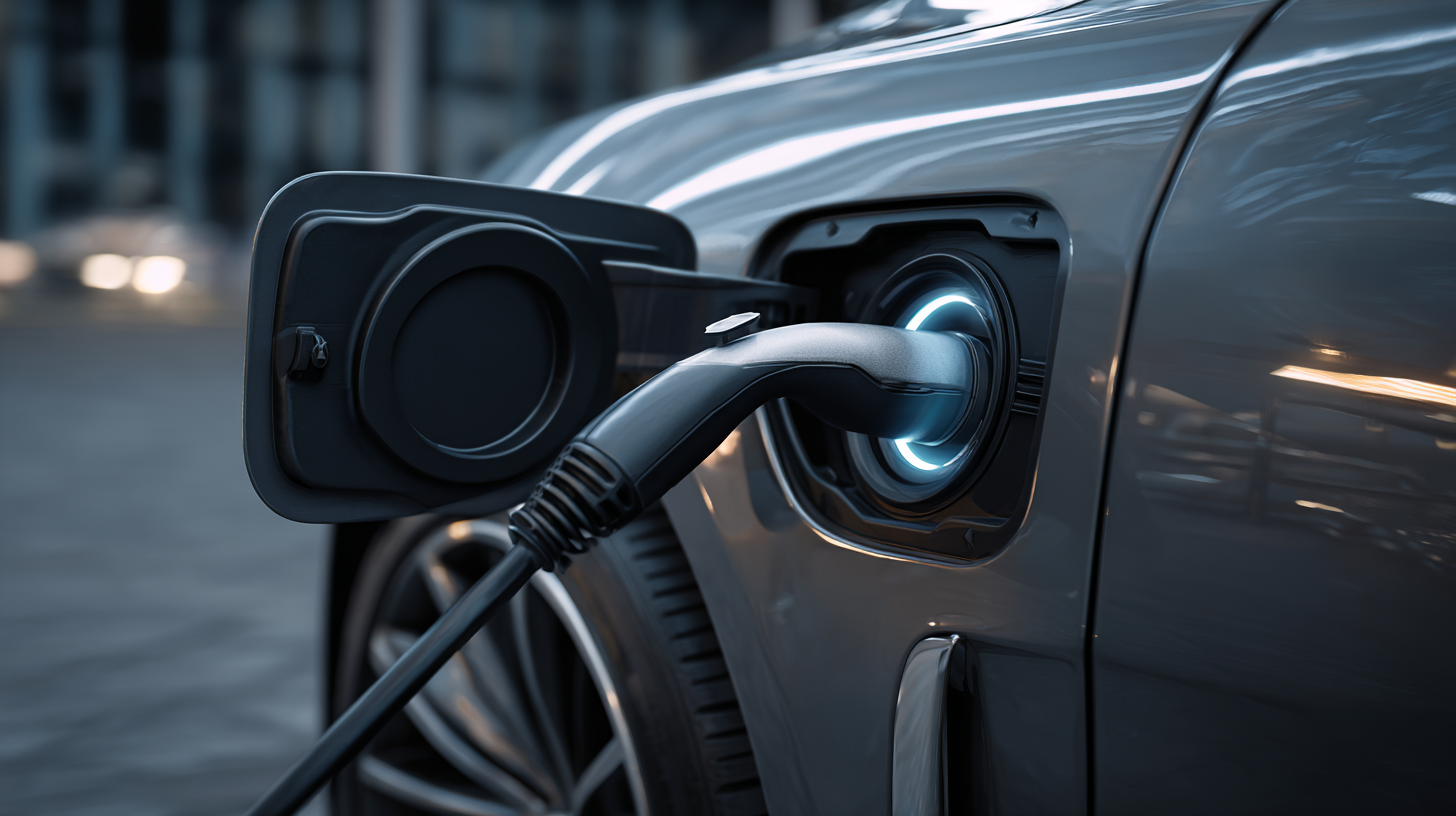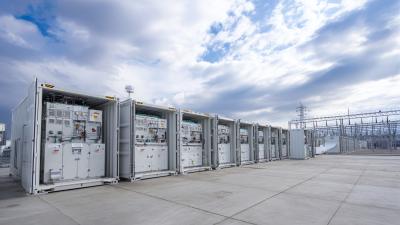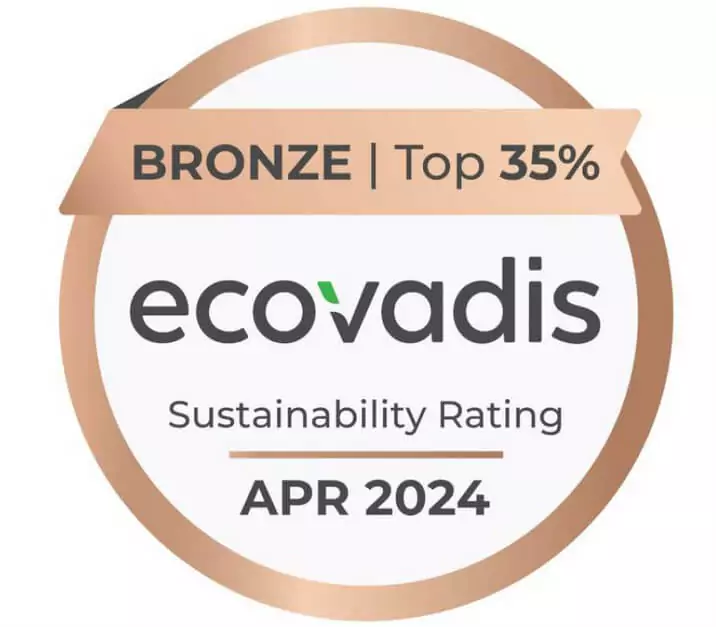When utilizing lithium batteries for sustainable energy solutions, safety must be a top priority due to their widespread adoption in various applications, from electric vehicles to renewable energy storage. According to a report from the International Energy Agency (IEA), the global demand for lithium batteries is projected to increase by almost 25% annually through 2030, emphasizing the urgency for stringent safety practices.
To mitigate risks associated with lithium battery usage, users should follow best practices such as proper storage and handling. The National Fire Protection Association (NFPA) advises that lithium batteries should be stored in a cool, dry place, away from flammable materials. Regularly inspecting batteries for any signs of damage or swelling can prevent incidents.
Furthermore, utilizing battery management systems (BMS) can enhance safety by monitoring voltage, temperature, and charge levels, as highlighted in a study by the U.S. Department of Energy, which reported a significant reduction in battery failure rates with the implementation of these systems. Adhering to these safety guidelines allows users to harness the benefits of lithium batteries while minimizing potential hazards.











